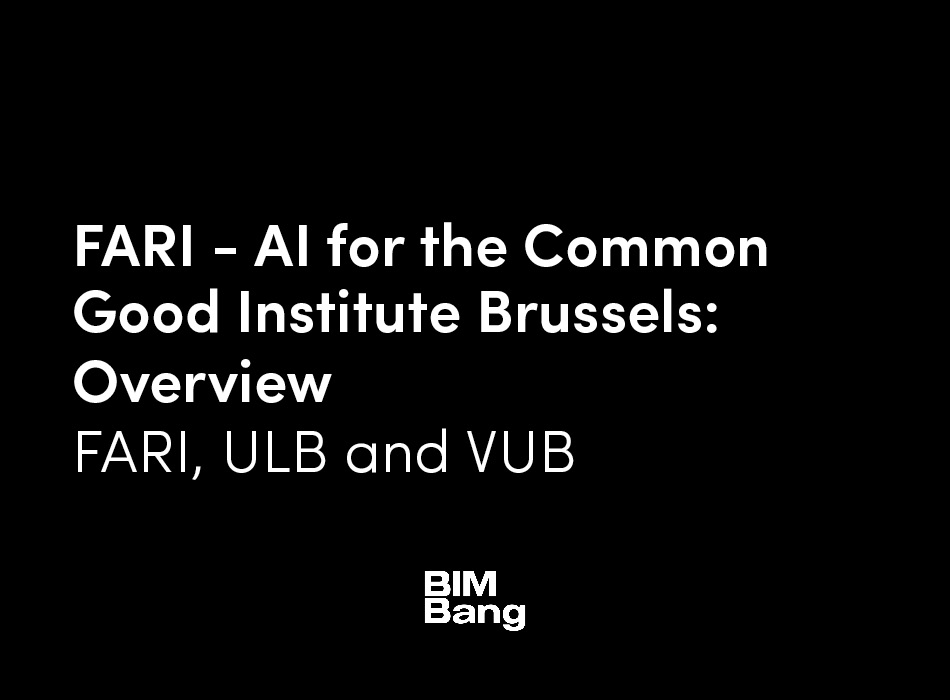Design of the built environment – the spatial arrangement of buildings, blocks, streets, public spaces and the socio-economic functions they house – produces a variety of influences on urban mobility patterns and mode choices. Sprawling developments, where destinations are far apart and routes between them wide and fast, incentivize motorized trips. High density, mixed-use environments, with diverse destinations connected through a network of quality sidewalks, incentivize walking, biking and face-to-face encounter. City form and land-use patterns influence whether, how often and along which paths people choose to walk.
A robust body of planning literature has emerged to articulate the qualities that make urban environments walkable and bicycle friendly. Walkability is typically associated with i) the availability of useful and diverse destinations within walking distances (e.g. retail, service and employment establishments, transit stations) , ii) safe routes that do not put pedestrians in physical or psychological danger (e.g. do not require walking next to heavy traffic, crossing wide intersections or lack barriers to separate walkways from danger zones); iii) physical and environmental comfort of the routes (e.g. step-free access, even pavements, sufficient width of sidewalks, shading from sun and rain), as well as iv) interesting routes – routes that are lined with businesses, stimulating architecture, green spaces or compelling vistas (Pushkarev and Zupan 1975; Gehl 1987; Speck 2013). However, despite a rich literature on qualities of built environments that bring people out on foot or by bike, practical methods for measuring, analyzing and modeling active mobility remain lacking in practice. Much of transportation literature on pedestrian mobility relies on rather crude proxy metrics to evaluate the walkability of a place – intersection density, block size, population or employment density and land-use mix at the census tract level are often used as predictors (Boaernet et al., 2011; Cervero and Duncan 2003; Ewing and Cervero, 2010; Hess et al., 1999; Targa and Clifton, 2005). While useful for characterizing walkability at the aggregate, whole neighborhood level, density metrics and neighborhood summary statistics do not capture the influence of built environments on mobility behavior at the individual trip scale, where decisions to undertake walks actually start.
The Urban Network Analysis (UNA) toolbox enables designers, planners and transportation scholars to measure accessibilities and predict flows of non-motorized urban movement at the individual trip resolution over networks. The software helps quantify how environmental design affects access to spatial opportunities and amenities, contributes to pedestrian flow on sidewalks, and influences the viability and patronage of amenities and public spaces in a city. These analyses not only enable us to capture the influence of urban form and land-uses on active mobility, but also inform us how planning and design decisions that shape future built environments, can be operationalized to achieve more accessible, walkable, bike-friendly and transit oriented cities.
Quantitative approaches for predicting trip volumes, route choices and infrastructure utilization rates have been commonplace for motorized traffic modeling for decades. Cities use such analyses to inform transportation policy, land use policy, development rights as well as infrastructure investment decisions. The UNA tools, presented in this handbook, aim to make quantitative modeling equally accessible for pedestrian and bicycle mobility. By producing hands-on and simple-to-use software tools for modeling trips on foot or by bike, we hope to contribute to over-due efforts in rebalancing urban transportation policy from its historic biases favoring car-oriented and capital-heavy systems, towards giving more priority, specificity and quantitative rigor to urban movement that takes place on foot, by bike and other personal mobility devices (PMDs).
As the name suggests, an overarching feature of UNA tools is that all spatial relationships are analyzed along networks. Whether an arrangement of rooms within a building, buildings along a street or streets within a district, the toolbox implicitly analyzes spatial relationships along circulation routes, corridors, streets or infrastructure links. Two elements of the built environment that may be close to each other along a straight-line, are not necessarily close in terms of network distance, as is the case, for instance, with buildings located on the opposite banks of a river with no bridge between them. Similarly, topological associations, such as contained or containing spaces in Euclidean geometry, do not necessarily imply access in network geometry, as exemplified by gated communities, where only limited members of society can enter. Representing spatial relationships along networks enables the UNA toolbox to describe built environments close to ways in which they are perceived by specific people or demographic groups on the ground.
The UNA Rhino toolbox was developed with a particular intent to make pedestrian modeling tools available to architects, designers and planners who not only investigate existing built environments, but also actively contribute to creating new ones. Most existing spatial analysis approaches are mainly used retrospectively to study existing urban developments. But the link to prescription is critical if spatial analysis is to have a meaningful effect on planning and design practice. Impact on design and planning can only be achieved if spatial analytic methods are applied in a normative way to synthetic, open-ended future design scenarios. In developing the UNA tools for Rhino – an increasingly popular and accessible software platform for designers – we have striven to incorporate measurement and analyses into a fast and iterative feedback loop, where spatial configurations can be designed, evaluated and redesigned in seamless cycles to rapidly improve the outcome. We hope the users of the tools take advantage of this functionality and not only investigate existing, but also proposed built environments.
All analyses performed by the UNA toolbox require users to provide three key inputs — a Network, along which movement is analyzed, trip Origins and trip Destinations. The Origins and Destinations can optionally carry numeric attributes to weigh the analyses. Numeric attributes that indicate the number of residents in each building, for instance, can be used to weigh accessibility, footfall, or patronage estimates. Setting up a network and the appropriate Origin or Destination weights is typically the first step in any UNA application.
The data needed to set up networks can either be downloaded and imported to Rhino from existing sources, such as open GIS databases, CAD base maps and Open Streetmap files, or traced directly in Rhino by the users themselves. Networks can be composed of any curve elements in Rhino (e.g. lines, polylines, arcs, splines) and form both two-dimensional and three-dimensional lattices. In preparing networks, it is important to follow the topology conventions described in Section 4.3 of this document. The UNA toolbox includes functions for importing and exporting Origin and Destination point data along with attribute information to table formats, which can be used for processing data in Excel, GIS or other applications.
Having set up a network with Origins and Destinations, users can deploy a series of tools to describe and analyze pedestrian or bicycle mobility in built environments. The toolbox can be used to analyze how accessible a given set of Destinations are from a given set of Origins along networks, which is key to understanding non-motorized trip demand to such facilities. Having determined the likely number of trips to particular destinations, users can evaluate which street segments or walking paths are likely to be utilized on such trips or estimate how many users are likely to patronize particular facilities or amenities along the way, given the distribution of demand points and competing facilities. A clustering tool allows one to detect groups of closely spaced destinations on networks, highlighting which sets of facilities might work as agglomerations, attracting more visitors. These analyses can inform what locations in a city are better or worse for particular land uses or activities, how many and what types of users public spaces or infrastructure investments are likely to benefit, or how a change in built form or land-use patterns in one location might influence pedestrian activity and facility patronage at others around it.
The development of the UNA tools started as part of City Form Lab research at the Massachusetts Institute of Technology (MIT) in 2010, and subsequently moved to the Singapore University of Technology and Design (SUTD), and most recently to the Harvard Graduate School of Design (GSD). The tools are also taught and experimented with as part of three GSD courses: VIS-2129 Spatial Analysis of the Built Environment, SCI-6354 Advanced Spatial Analysis, and DES-3353 Advanced Seminar in City Form. It is a work-in-progress and intermittently updated with new functionality.

















